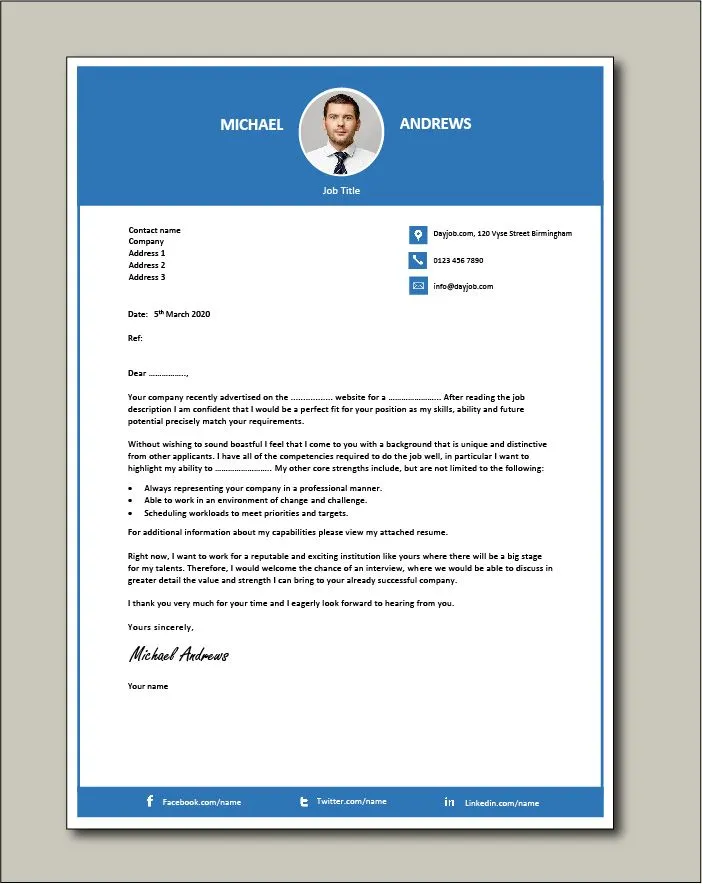What is a Cover Letter (Definition)
A cover letter is a one-page document that you submit as part of your job application alongside your resume. It serves as an introduction to your skills, experience, and qualifications, and it explains your interest in the specific position you are applying for. Think of it as a personalized pitch, tailored to the job and the company. A well-written cover letter can significantly increase your chances of getting an interview by making a strong first impression and demonstrating your understanding of the role and the company’s needs. It provides an opportunity to showcase your personality and writing skills, setting you apart from other candidates who may only submit a resume.
Importance of a Cover Letter (Why It Matters)
In today’s competitive job market, a cover letter is more crucial than ever. It provides a platform to highlight your unique selling points and demonstrate how your skills and experience align with the job requirements. Many hiring managers use cover letters to quickly assess a candidate’s suitability for a role. It shows you’ve taken the time to learn about the company and the specific position. Without a cover letter, you risk being perceived as inattentive or lacking genuine interest. A compelling cover letter can transform a potentially overlooked resume into an interview opportunity. It allows you to address any gaps in your resume, explain career transitions, or emphasize specific achievements that directly relate to the job.
Cover Letter Structure (Step-by-Step Guide)
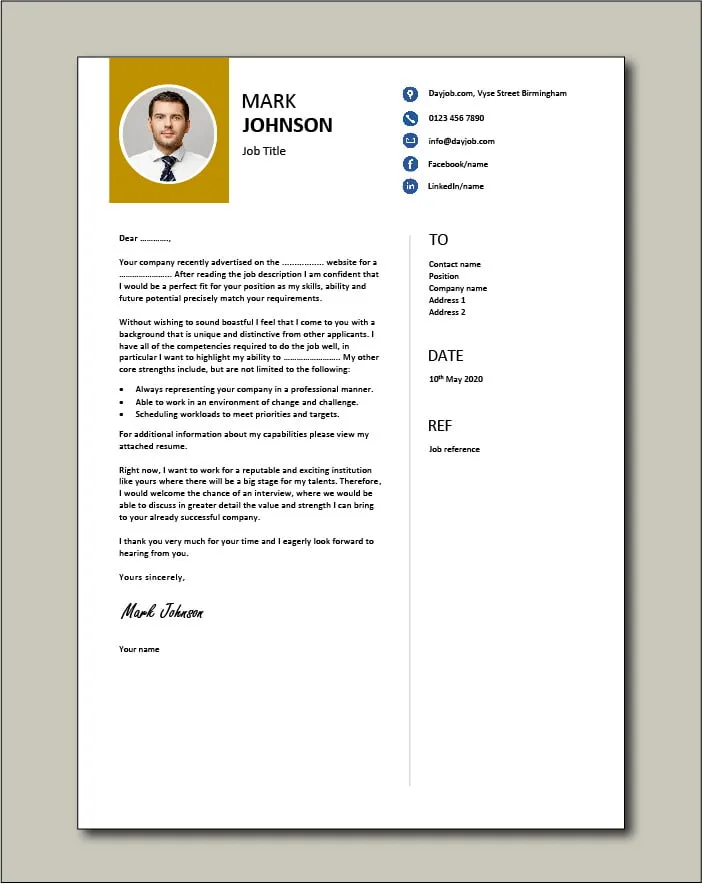
A well-structured cover letter is easy to read and presents your information in a logical and compelling way. Adhering to a standard format ensures you cover all essential aspects while keeping your letter concise and impactful. A proper structure demonstrates your professionalism and attention to detail. The typical structure includes a heading, salutation, introduction, body paragraphs, and a closing paragraph. Each section plays a vital role in presenting your qualifications, expressing your interest, and encouraging the hiring manager to invite you for an interview. Following a proven structure helps you avoid common pitfalls and maintain clarity.
Heading (Contact Information)
The heading should include your full name, address, phone number, and professional email address. It is essential to make your contact information easily accessible to the hiring manager. Ensure the information is accurate and up-to-date, so the employer can easily reach you. Use a clear and readable font, and avoid including unnecessary information. Place this section at the top left or right corner of the page for easy access.
Salutation (Addressing the Hiring Manager)
Always address the hiring manager by name, if possible. Research the company or use LinkedIn to find out the hiring manager’s name and title. If you can’t find a specific name, use a general greeting like ‘Dear Hiring Manager’ or ‘Dear [Department Name] Team’. Avoid generic greetings like ‘To Whom It May Concern’ as they can make your letter feel impersonal. Using the hiring manager’s name shows that you have taken the time to research and personalize your application, which shows your interest and professionalism.
Introduction (Grab Their Attention)
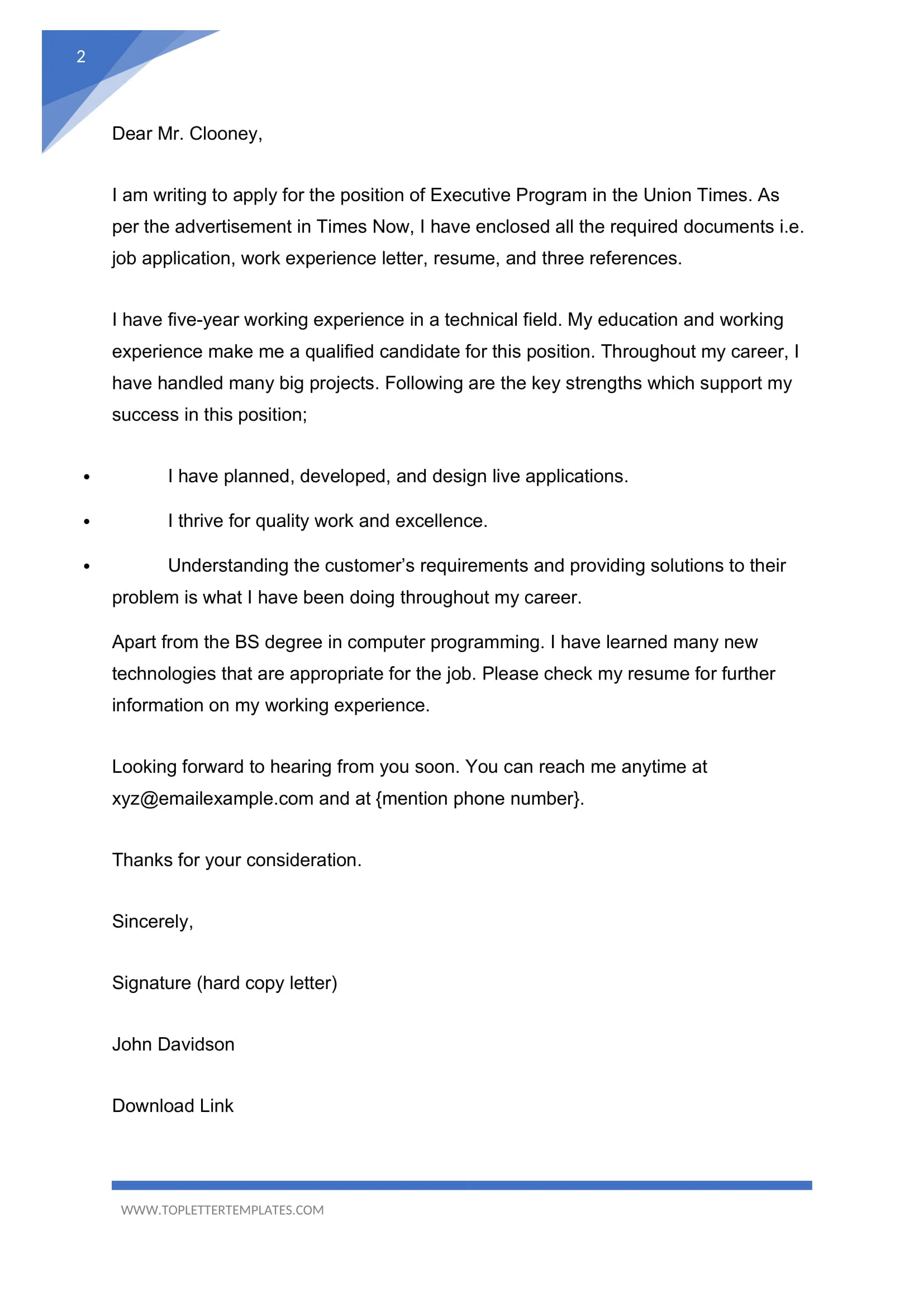
The introduction should immediately state the position you are applying for and briefly explain why you are interested in the role and the company. Highlight one or two key skills or experiences that make you a strong candidate. Keep this section concise and engaging to capture the hiring manager’s attention. A strong opening sets the tone for the rest of your cover letter and encourages the reader to continue. It should include a sentence that immediately grabs their interest, such as a shared value, an understanding of their needs, or a notable achievement.
Body Paragraphs (Highlight Your Skills)
The body paragraphs are the core of your cover letter, where you demonstrate how your skills and experience align with the job requirements. Focus on the most relevant qualifications and provide specific examples of your accomplishments. Use the STAR method (Situation, Task, Action, Result) to illustrate your skills with impactful stories. Tailor each paragraph to highlight aspects of your background that are directly relevant to the job description. Use keywords from the job posting to show the hiring manager that you have read and understood the requirements. Keep each paragraph focused, clear, and easy to follow.
First Paragraph (Express Your Interest)
In the first body paragraph, express your genuine interest in the position and the company. Mention what specifically attracted you to the role or the organization. This can include their mission, values, products, or services. Show that you have done your research and understand what makes the company unique. Demonstrate how your personal goals align with the company’s objectives. Expressing genuine enthusiasm increases your chances of making a favorable impression. Use this paragraph to outline what you hope to achieve if hired.
Second Paragraph (Showcase Your Qualifications)
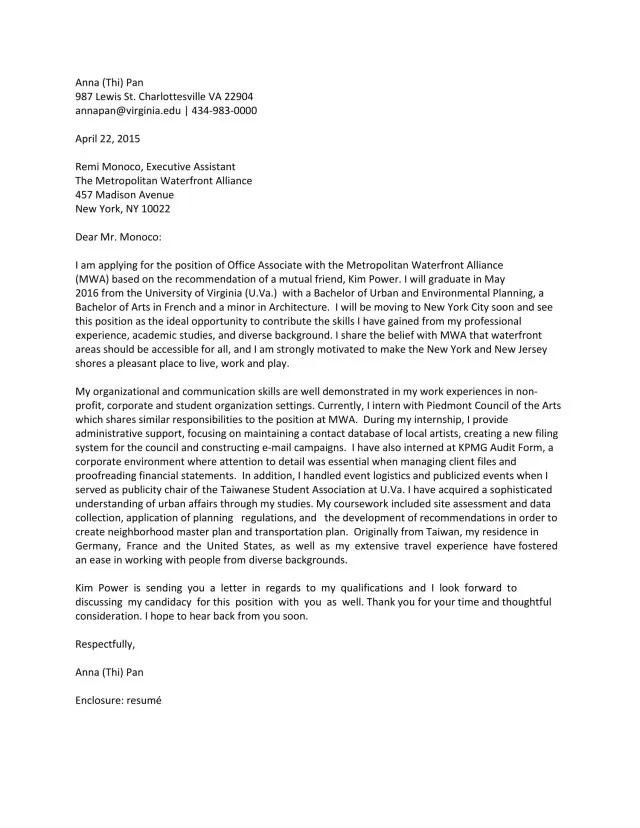
In the second paragraph, showcase your qualifications by highlighting your most relevant skills and experiences. Use the job description as a guide and address the key requirements listed. Provide specific examples of your accomplishments, using the STAR method to demonstrate your abilities. Quantify your achievements whenever possible, such as ‘Increased sales by 20%’ or ‘Managed a team of 10 employees.’ This paragraph is about proving that you are a good fit, so make sure the content is concise, easy to understand, and related to the needs of the potential employer.
Third Paragraph (Demonstrate Your Enthusiasm)
The third paragraph can be used to reiterate your enthusiasm for the position and the company. Explain why you are a good fit for the company culture and what you can bring to the team. Mention any additional information that is relevant to your application, such as your familiarity with the company’s products or services. You can also use this paragraph to discuss your career goals and how this role aligns with your aspirations. Demonstrate how your skills, values, and experiences can contribute to the company’s success.
Closing Paragraph (Call to Action)
In the closing paragraph, summarize your interest in the position and express your eagerness for an interview. Thank the hiring manager for their time and consideration. Include a call to action, such as ‘I look forward to hearing from you soon’ or ‘I am available for an interview at your earliest convenience.’ Reiterate your contact information if necessary. A strong call to action encourages the hiring manager to take the next step. Make the conclusion memorable to leave a lasting positive impression.
Formatting Your Cover Letter (Best Practices)
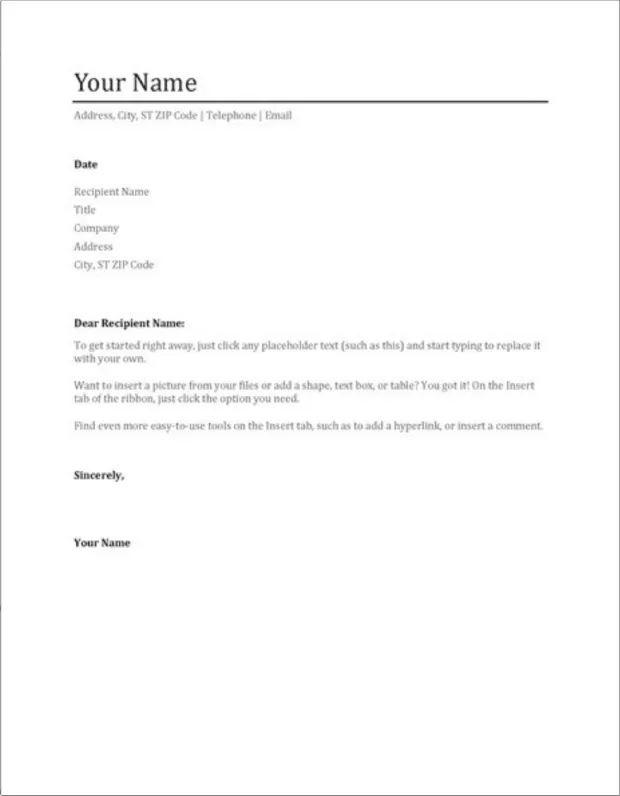
Proper formatting is essential for a professional cover letter. It makes your letter easy to read and visually appealing. Following formatting best practices demonstrates your attention to detail and professionalism. Ensure you create a document that is visually balanced and uncluttered. Stick to standard formatting guidelines to ensure your cover letter looks its best and leaves a great impression.
Font and Font Size (Professional Appearance)
Use a professional font, such as Times New Roman, Arial, or Calibri. Avoid overly decorative or unusual fonts. The font size should be between 10 and 12 points for readability. Stick to one font throughout the document. Ensure the font style and size are consistent throughout. The goal is to create a clean and easy-to-read document that reflects your professionalism. Correct use of fonts demonstrates that you pay attention to detail.
Margins and Spacing (Readability)
Use standard margins of 1 inch on all sides of the document. Use single spacing within paragraphs and double spacing between paragraphs. This ensures your cover letter is easy to read and well-organized. Avoid dense blocks of text by using white space effectively. Ensure the text is not too cramped or too spread out. Readable formatting is key, as it makes it easier for the hiring manager to focus on your content.
Proofreading and Editing (Ensure Accuracy)
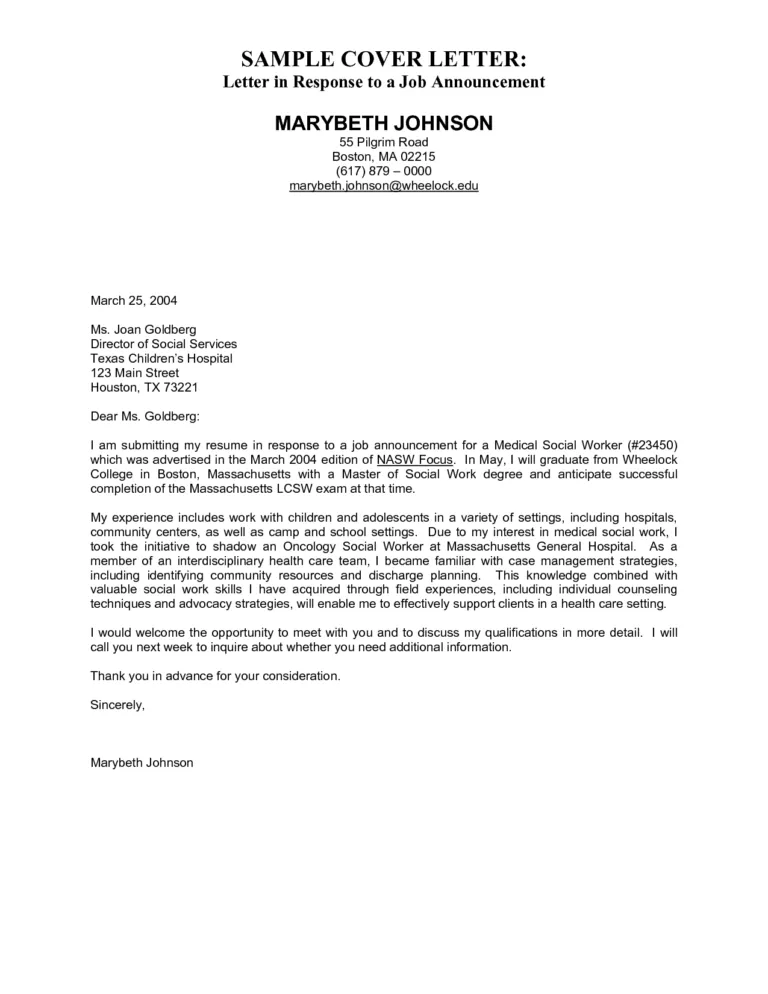
Proofread your cover letter carefully for any grammatical errors, spelling mistakes, or typos. Ask a friend or family member to review it for you. Ensure the language is clear, concise, and professional. A polished cover letter demonstrates your attention to detail and commitment to excellence. Errors can damage your credibility and make you look less professional. Take the time to review your writing thoroughly.
Cover Letter Examples (Templates & Samples)
Using cover letter examples and templates is a great way to learn the best practices and structure. You can find many free templates online, but ensure they are relevant to the role and your industry. Use the samples as guides to help you organize your content. Adapt the templates to your specific skills, experience, and the job requirements. Remember to customize the template to showcase your unique qualifications. Make sure you never submit a generic template without personalization.
Cover Letter Checklist (Final Review)
Before submitting your cover letter, review a checklist to ensure you haven’t missed anything. Ensure you’ve tailored the letter to the specific job and company. Check your contact information and address the hiring manager by name, if known. Ensure that your qualifications and achievements are directly relevant to the job description. Proofread your cover letter for any errors in grammar, spelling, or punctuation. Make sure your letter is well-formatted, concise, and easy to read. Does it provide a strong call to action? Does it make you stand out? Then, submit your cover letter with confidence.
Common Mistakes to Avoid (Cover Letter Traps)
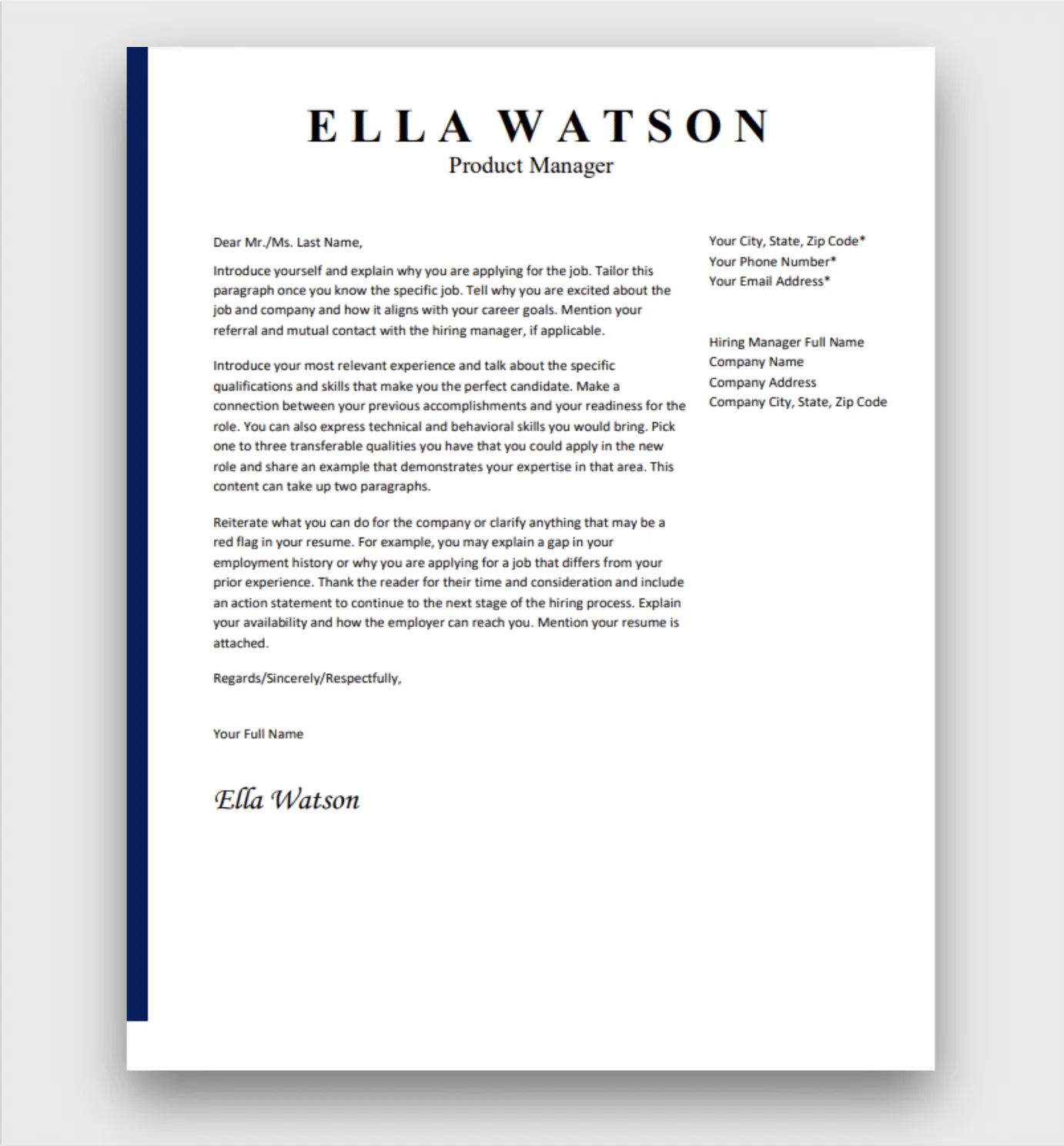
There are several common mistakes to avoid when writing a cover letter. Avoid using generic language or a one-size-fits-all approach. Don’t simply repeat your resume – instead, elaborate on your accomplishments and explain why you are a good fit for the job. Avoid making grammatical errors or typos, and do not exceed one page in length. Be sure to never send a cover letter that doesn’t match your resume. Avoid negative language or criticizing previous employers. Focus on what you can offer and avoid discussing issues from the past. Do not include irrelevant information.
In conclusion, writing a compelling cover letter is a crucial step in the job application process. By understanding the structure, formatting, and common mistakes to avoid, you can create a cover letter that effectively showcases your skills and experience. Remember to tailor your cover letter to each job, highlight your accomplishments, and express your enthusiasm for the role and the company. Use the provided guide as a blueprint to write a cover letter that gets noticed and helps you land an interview. Following these guidelines can help you create a successful job application and increase your chances of getting hired.
